Why do we scratch the back of our heads when we think? How did traditional Russian gestures appear
Categories: Culture
By Pictolic https://pictolic.com/article/why-do-we-scratch-the-back-of-our-heads-when-we-think-how-did-traditional-russian-gestures-appear.htmlAccording to psychologists, we perceive a good half of the information with the help of visual receptors, analyzing the body language of the interlocutor. Thanks to gestures, speech becomes emotionally colored, lively and, accordingly, is better absorbed.
Active gesticulation is more typical of southern peoples, but we also like to wave our hands and bend our fingers in different ways. At the same time, no one is particularly interested in why, for example, we scratch the back of our heads when we think hard. Meanwhile, the history of the origin of Russian gestures is very entertaining.
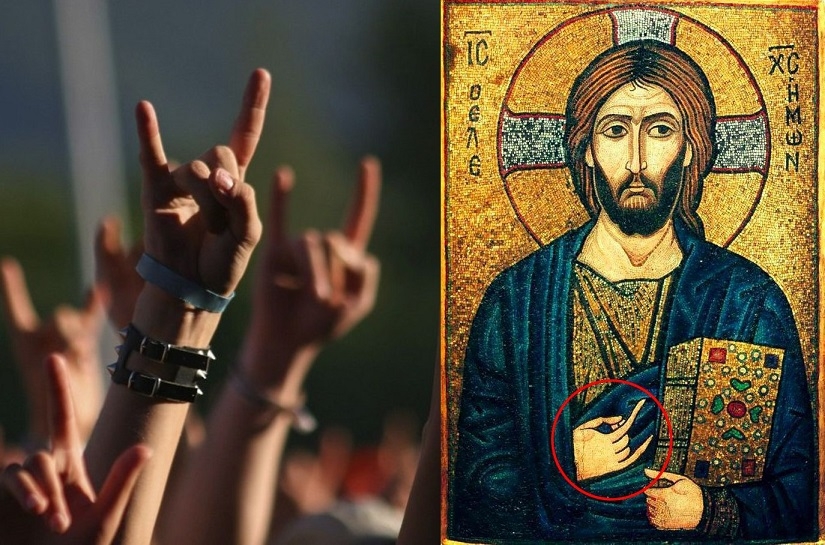
1. Cookie
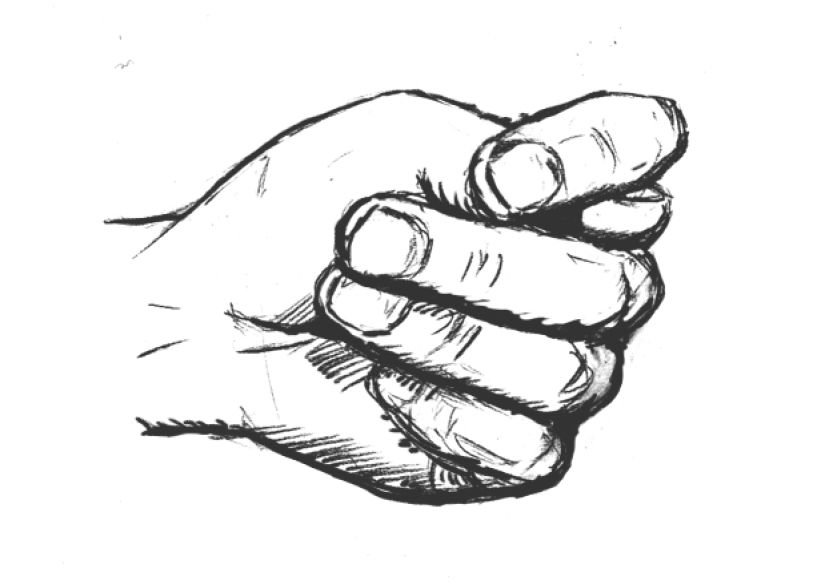
In Russia, they probably learned about the kukish from visiting Germans who tried to seduce Russian young ladies with this gesture. There is even a version that "fig" originated from the German expression fick-fick machen - this was the traditional German invitation to intimacy. However, in the Russian tradition, the symbol of this gesture was transformed into a designation of categorical refusal. Obviously, thanks to the high morality of Russian women.
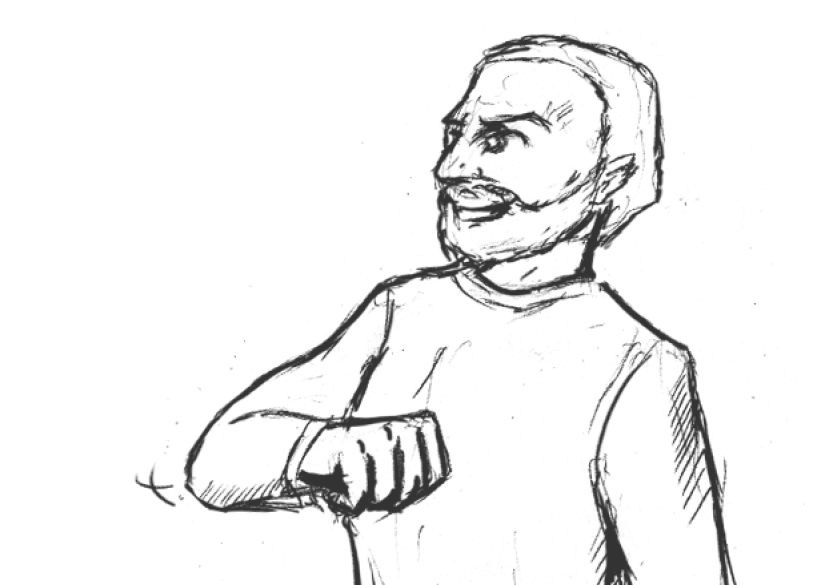
According to one version, this gesture came from the military tradition of the nomads and was brought to Russia by the Tatar-Mongols. So they swore an oath to their overlord. Punching in the chest as a gesture was supposed to show a person's devotion.
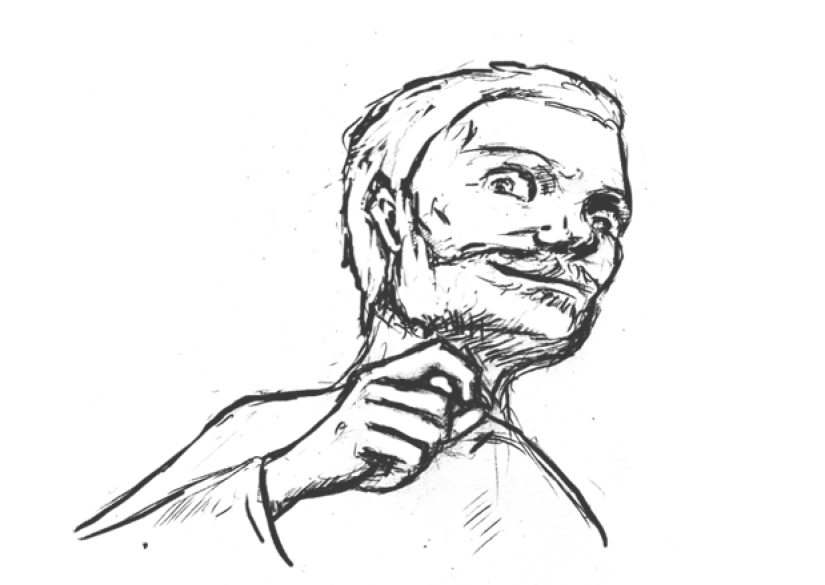
A gesture from the Russian drinking tradition, similar in meaning to the phraseology "to lay for a tie", which was widespread at the end of the XIX — beginning of the XX century. Interestingly, this technique was adopted by speculators of hot drinks during the prohibition period, which Nicholas II established in the Russian Empire in 1914.
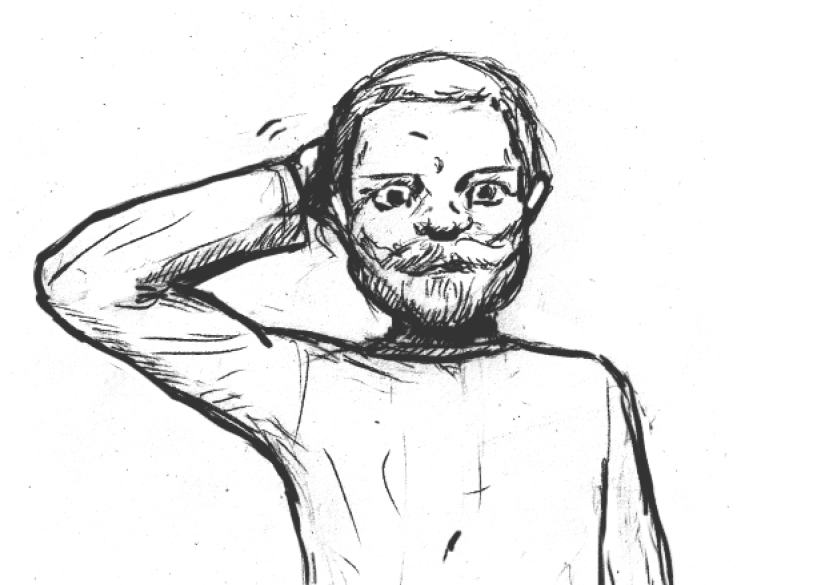
A Russian person scratches the back of his head when he is puzzled by something. Question: for what? Of course, it is unlikely to stimulate the blood circulation of the brain. Perhaps this gesture came from folk magic: in this way our ancestors called for the help of the ancestor, the genius of the genus.
5. Tear the shirt on the chest
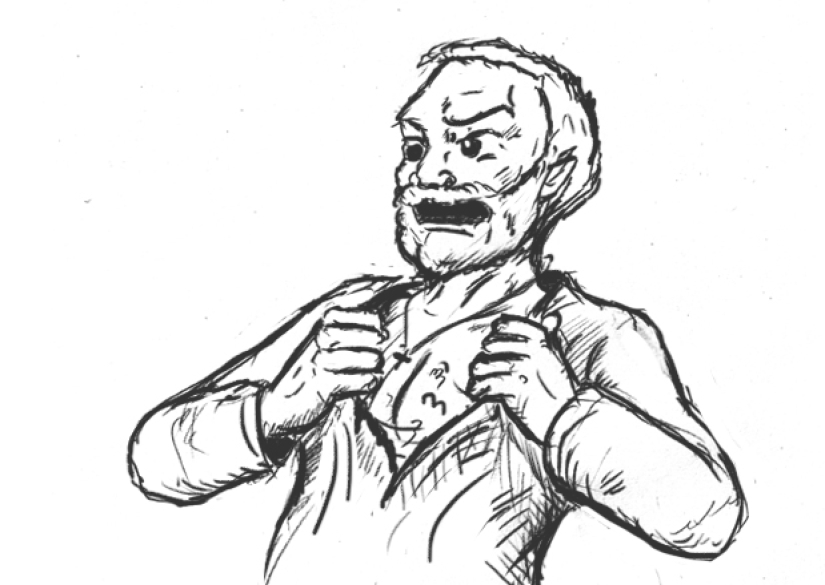
Initially, it was an improvised oath. There is a hypothesis that with such an expressive gesture our ancestors showed their belonging to the Orthodox faith by showing the cross. Also, during executions and some corporal punishments, the executioners tore the top of the shirt from the unfortunate. And the voluntary tearing of clothes as a convincing argument was intended to show the willingness of a person to ascend to the chopping block for the truth.

This gesture, it turns out, did not appear at all in the prison and not in the rocker environment. The "goat" has been around for several millennia, and initially it was associated with protection from black magic and evil spirits. Probably, the older generation still remembers the nursery rhyme: "A horned goat is coming for the little guys..." when adults show with their fingers how a goat butts. This is not just a game with a child — this is how our ancestors removed the evil eye from children.
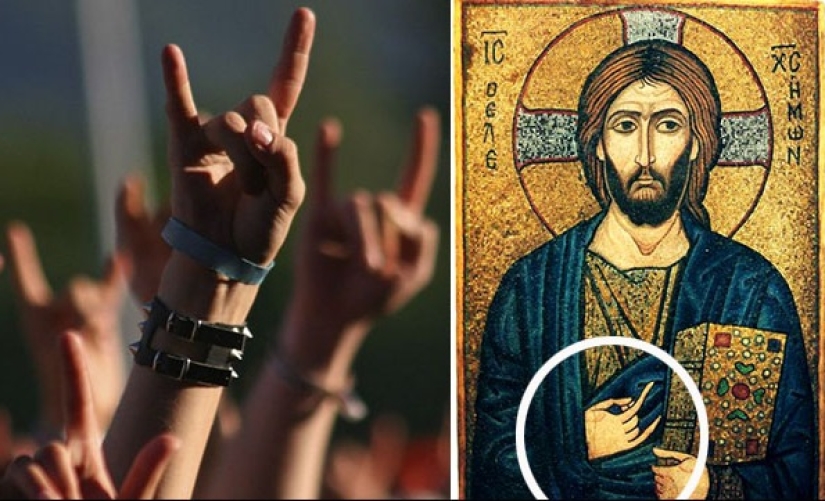
In addition, ancient Greek speakers accompanied their speeches with a "goat— - this configuration meant "instruction". From ancient rhetoricians, this gesture was adopted by Christian priests, who often accompanied their sermons with a "goat". On some Orthodox icons, you can see the Savior and saints with their little finger and index finger pointing forward.
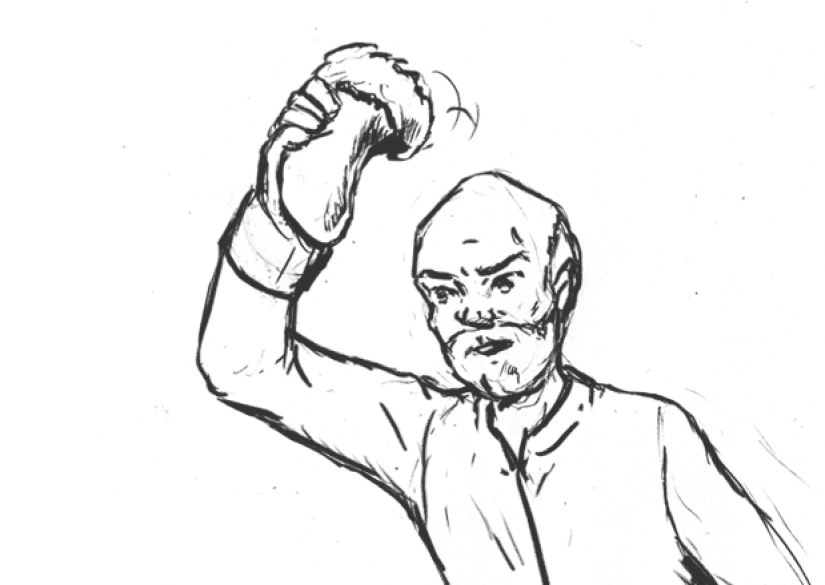
The headdress (along with the beard) for Russian men in the old days symbolized dignity. The public removal of the cap was considered a disgrace, a kind of civil execution. Debtors were usually subjected to this procedure. The voluntary throwing of the hat on the ground demonstrated a willingness to take the most insane risk, in which the price of failure could be the expulsion of a person from society.
Keywords: Gestures | Ancestors | Origin | Traditions
Post News ArticleRecent articles

See what uninhibited ladies looked like at the height of the American baby boom. In those days, there was no trace of silicone, and ...

We offer you a selection of interesting facts from a variety of fields of knowledge. How does our body react to sneezing? Where did ...
Related articles

We all know that the real Russian names end in "-in" or "s". In a pinch, in "-EV" or "likewise." Why do these groups of names one ...

Papua New Guinea continues to amaze the primitive culture of their own peoples. Italian photographer managed to capture the unusual ...

Wide hips have always been a sign of femininity and sexuality. Kim Kardashian blew up Instagram with a hot "belfi" in a swimsuit in ...

Imagine a forest where hundreds of pine trees seem to bow to an invisible force and remain frozen in this strange obeisance ...